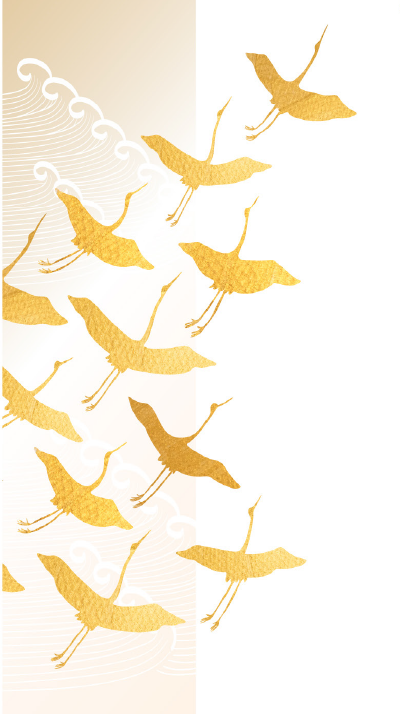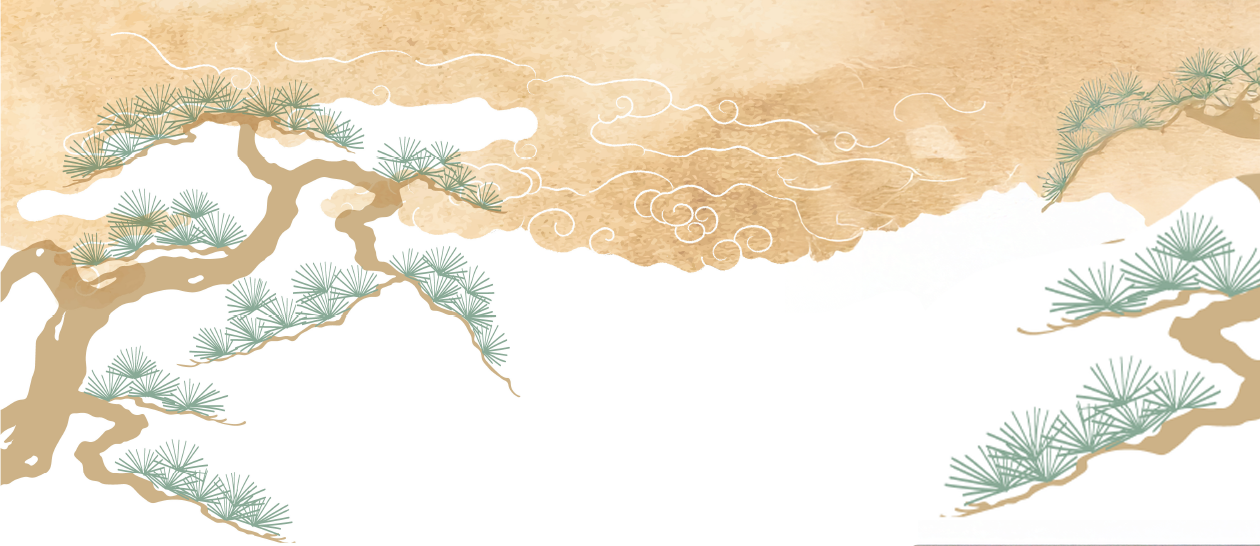UDAY KUMAR explores the attitude of letting go as a means of cultivating love and growth. He unravels the relationships among love, growth, and detachment by taking examples from nature and showing us that the cycle of all life depends on these essential qualities.
Observation and contemplation are instruments of revelation. A close observation of nature, followed by contemplation, often reveal the underlying principles that govern its workings. For example, when we watch a seed sprout into a sapling, which then grows into a flowering plant, whose flowers in turn become seeds, we recognize a fundamental truth: everything returns to its source.
In the same way, I wish to share three interconnected principles that will help you gain a deeper understanding of loving detachment:
- To detach is to grow.
- To grow is an expression of love.
- To love is to detach.
If you observe closely, these three ideas are like links in a chain, forming a continuous cycle. Each principle propels the next, reinforcing an eternal rhythm. Let us explore them one by one.
To detach is to grow
Within the seed lies the life energy of the plant it is destined to become. But for the plant to emerge, the seed must break free from its protective shell. Only when it detaches does it grow—until then, it remains a possibility, not a reality.
Consider another example: in autumn, leaves detach from the trees, making room for new growth in spring. If the leaves refused to let go, the tree’s growth would be stunted.
One final example, before birth, the mother and the baby were one entity. After birth, the union ends and the baby’s growth in this world begins. Birth is an act of separation that leads to the next phase of growth.
From these examples, we see a pattern—growth is preceded by detachment. Whatever your aspirations may be, they require letting go of something in order for new possibilities to unfold. This leads us to our next principle.
Growth is an expression of love
Growth is a creative act, and every creative act is an expression of love. Look around, and you will notice that all forms of creation, great or small, are infused with love. The artist painting on a canvas, the musician composing a melody, and even a couple in love; each act of creation arises from love.
At the grandest scale, the very impulse that led to creation, the Big Bang, can be seen as an expression of love. The stir within the Absolute was a longing to manifest, to express itself in infinite diversity. From unity emerged multiplicity. This primordial impulse of love led to a separation, a detachment from the Absolute, which in turn became the foundation for all growth.
Thus, wherever there is love, there is growth. Love is the cause; growth is the effect. As Babuji once said, “Love is the engine of the world.”
Now, let us explore the third principle.
To love is to detach
So far, we have established that detachment leads to growth and growth is an expression of love. But here is the paradox: True love itself requires detachment.
At first, this may seem contradictory. Isn't love about attachment? But consider this:
- Can love exist where there is bondage?
- Can a rosebud blossom if the protective layers refuse to let go of the petals?
- Can a butterfly emerge if the cocoon does not release its threads?
- Can hearts truly unite if they are bound by expectations?
In love, there is no bondage, only freedom. True detachment is not cold indifference but a love so deep that it liberates rather than possesses. Think of our relationships: If we impose expectations and burden others with attachments, can love flourish?
Where there is love, there is freedom. Where there is freedom, there is detachment—not out of disappointment or disillusionment, but out of pure love. What we often mistake for detachment is actually aversion, an escape born of unmet expectations. That kind of detachment is transactional; it burdens the heart.
Nature offers a different example. A plant knows that the flower it bears will be carried away by the wind. It knows that the fruit it nurtures will one day fall off. And yet, it does not resist. It does not hold back its growth. Its nature is to grow, to detach, and in doing so, to create more life.
Where there is love, there is freedom.
Where there is freedom, there is detachment—
not out of disappointment or disillusionment,
but out of pure love.
As human beings, we are gifted with self-awareness and free will. Yet, the ego creates bonds of I-ness and mine-ness, convincing us to hold on, to cling, to define ourselves by our attachments. Meditation helps dissolve these bonds by awakening Viveka (discernment) and Vairagya (detachment). With discernment, we learn to see cause and effect, reality and illusion. We begin detaching from the lower self and look up to the higher, from the transient to the eternal. This shift is an act of love.
But loving detachment does not mean abandoning our families or renouncing the world. Rather, it means embracing life fully, without possession, without expectation, without fear.

Perhaps the most beautiful example of loving detachment is found in the life of Lalaji, the founding teacher of Heartfulness. He was once conducting a group meditation when the news reached him that one of his daughters, who had been unwell for some time, had passed away. Upon hearing the news, he sat in stoic silence, and a few moments later, tears rolled down his cheeks. One ascetic, also sitting there, commented, “How can a saint in the best condition mourn? How can he shed tears of attachment?”
Our journey is moving from human to humane to divine and beyond.
In this evolution, you do not transcend the innate realities of creation—
you become one with them.
Lalaji continued to sit in silence for some more time. Then he picked up a few dry leaves lying nearby and crumpled them. As he did so, the leaves crackled. Then he said, “Even dead leaves make a sound when crushed. I am a living human being with a heart. When combined elements are separated, there is bound to be a sound. Such a reaction is natural.” Feelings of love, care, and attachment are natural to a human being, liberated or not. Our journey is moving from human to humane to divine and beyond. In this evolution, you do not transcend the innate realities of creation— you become one with them.
Babuji distilled all these truths into a single phrase: Loving detachment.
To detach is to grow.
To grow is an expression of love.
To love is to detach.
And thus, the cycle continues.


